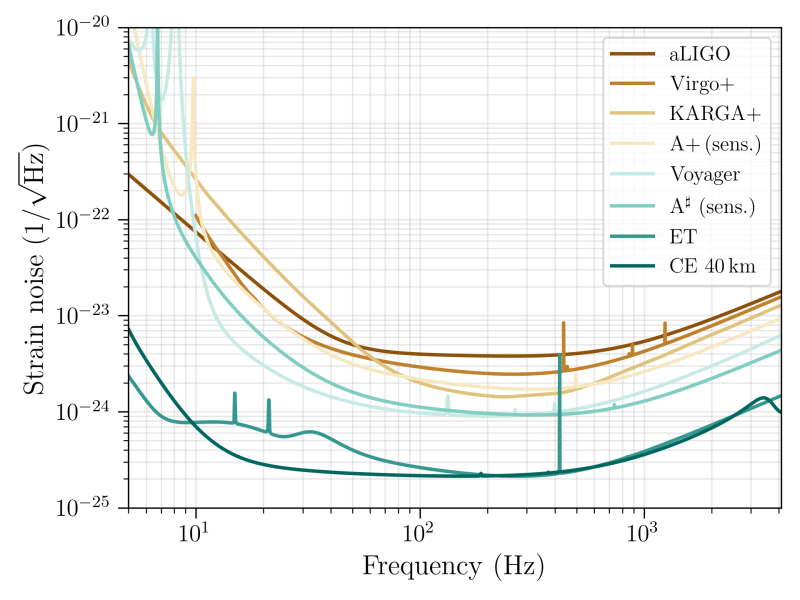Mailing Address:
104 Davey Lab, Box #188, University Park, Pa 16802

Cosmological inference
ChatGPT said:
ChatGPT said:My research is centered on leveraging gravitational-wave observations to extract fundamental insights into the universe. I focus on using compact binary mergers—especially neutron star–black hole systems—as precision tools for inferring cosmological parameters, probing the astrophysical processes behind their formation, and constraining the properties of dense matter in neutron stars.

Tests of general relativity
My research also investigates how gravitational-wave observations can be used to test general relativity (GR) in the strong-field, dynamical regime. By analyzing features such as subdominant higher-order modes, I have developed methods to identify potential deviations from GR.

Next-generation observatories
I have played a leading role in building the science case for next-generation gravitational-wave observatories such as Cosmic Explorer and the Einstein Telescope. My work has demonstrated how these observatories will transform our ability to detect and localize compact binary mergers, enabling high-precision cosmology, neutron star physics, and multi-messenger discovery.
